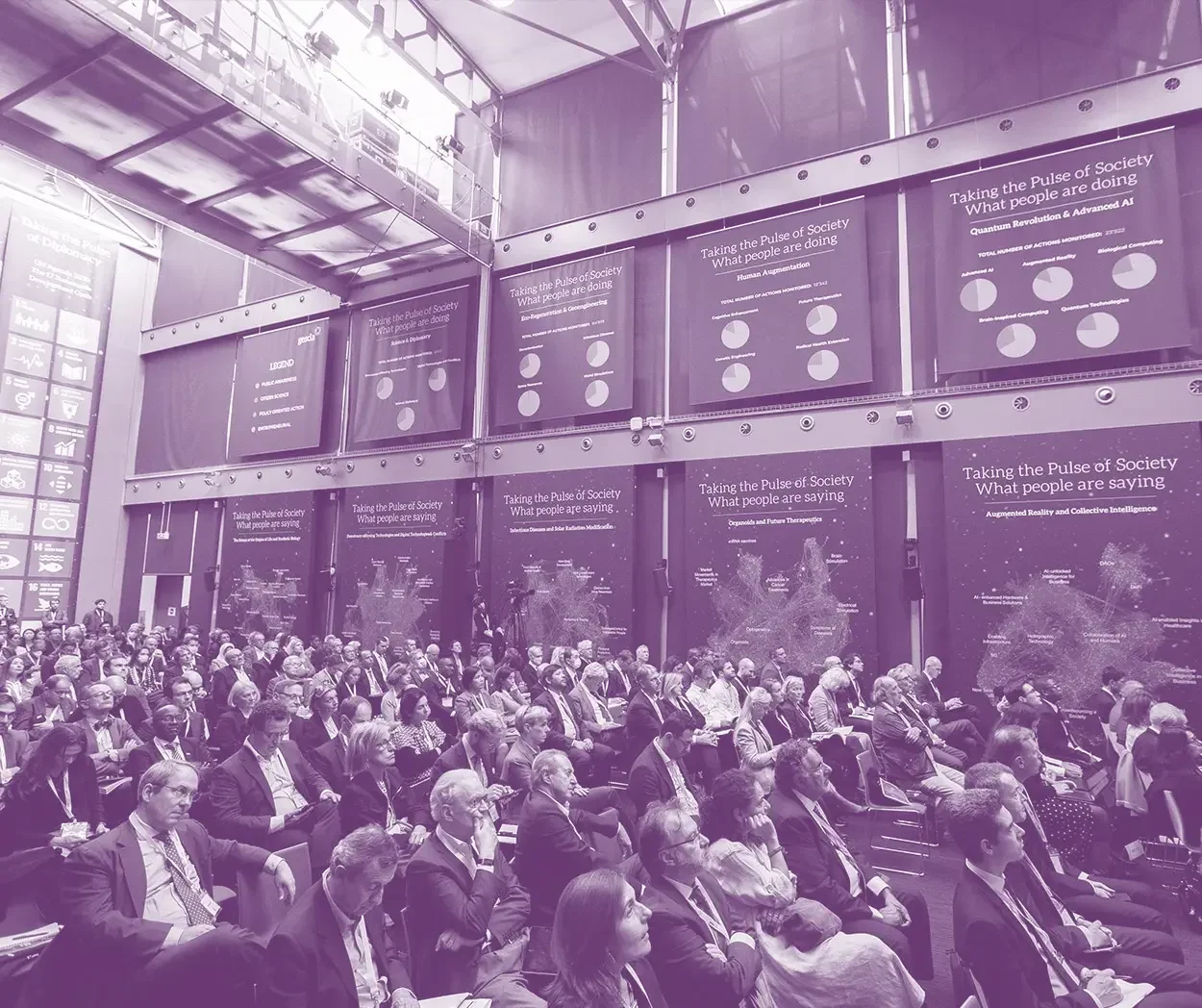Marc Pollefeys is a Professor of Computer Science at ETH Zurich and the Director of the Microsoft Mixed Reality and AI Lab in Zurich where he works with a team of scientist and engineers to develop advanced perception capabilities for HoloLens and Mixed Reality. He was elected Fellow of the IEEE in 2012. He obtained his PhD from the KU Leuven in 1999 and was a professor at UNC Chapel Hill before joining ETH Zurich. He is best known for his work in 3D computer vision, having been the first to develop a software pipeline to automatically turn photographs into 3D models, but also works on robotics, graphics and machine learning problems. Other noteworthy projects he worked on are real-time 3D scanning with mobile devices, a real-time pipeline for 3D reconstruction of cities from vehicle mounted-cameras, camera-based self-driving cars and the first fully autonomous vision-based drone. Most recently his academic research has focused on combining 3D reconstruction with semantic scene understanding.





